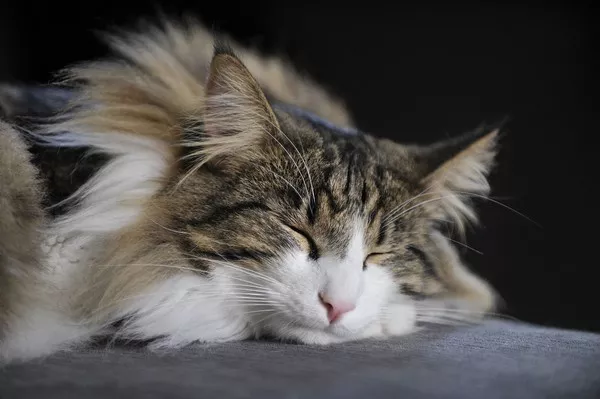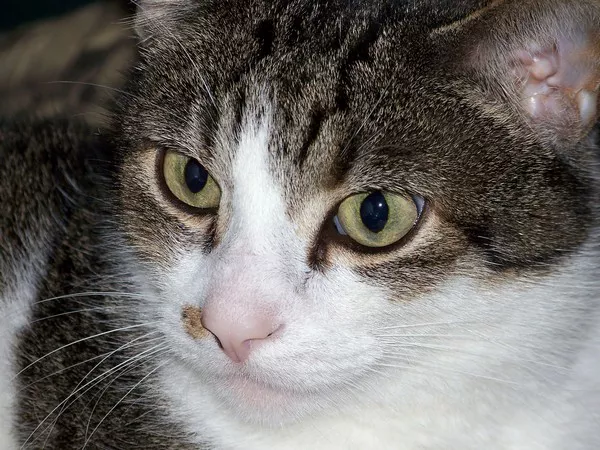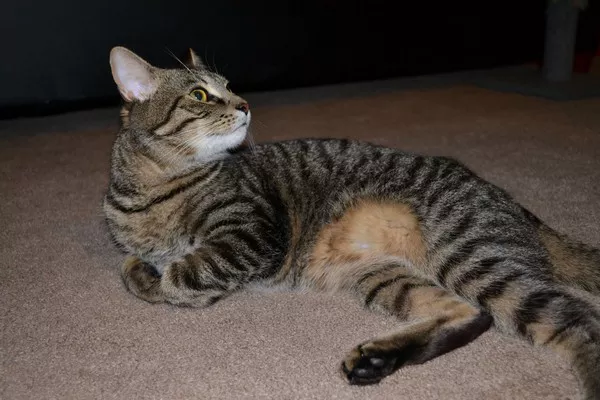Researchers at the University of California, Davis, in collaboration with the Sacramento Society for the Prevention of Cruelty to Animals (SPCA), are pioneering efforts to alleviate the universally stressful experience of nail trimming for shelter cats.
Nail clipping is a vital practice for the well-being of both cats and their human caregivers, ensuring not only the health of the feline but also safeguarding household items like curtains and furniture. However, the process can induce anxiety for both the cats and those attempting the task, particularly in the bustling environment of a shelter.
Jennifer Link, a Ph.D. student affiliated with the UC Davis Animal Welfare Epi Lab, is leading a groundbreaking initiative to minimize the trauma associated with nail trimming. Her multistep protocol aims to desensitize cats to handling and nail clipping, ultimately creating a more positive experience for the animals and their caretakers.
Link commenced her work in mid-July, dedicating two-hour shifts each weekday to socializing rescued and surrendered cats at the Sacramento shelter. The objective is to reduce their reactivity to new people, actions, and environments, thereby mitigating the stress associated with nail trimming. By the end of September, Link had interacted with over 70 cats.
“When people hear that I study cats, many ask if I can help them with nail trims,” Link explained. “We know that socialization matters throughout life.”
Dan Marple, the animal welfare manager at the Sacramento SPCA, emphasized the significance of this research for shelter staff, volunteers, and donors. Any protocols that enhance the comfort and safe handling of cats in their care will positively impact their overall well-being and adoptability, he noted.
Link’s research incorporates the concept of cooperative care, allowing cats to determine their level of interaction during the training process. The cats experience one of three scenarios: a handling and nail trim training protocol, a handling-only training protocol, or a control scenario with no training and only a nail trim. Each interaction is meticulously recorded for subsequent analysis.
The protocol involves habituation to make the cats comfortable. On designated days, cats are removed from their cages and placed in a quiet shelter room where Link sits, with a mat laid out before her. If a cat places its front two paws on the mat, it receives pets and a treat. The aim is for the cat to learn that interaction with Link occurs only when its paws are on the mat. Once this foundation is established, Link progresses with the training protocols.
In a step-by-step process, Link touches the cat’s legs, then its paws, gradually increasing the complexity of the interaction. If the cat doesn’t resist, one nail is trimmed. The procedure builds on past steps, culminating in a complete nail trim if the cat successfully goes through all stages. If a cat rejects any step or does not interact, Link ceases the handling.
“I think with the cooperative care, it does seem to almost improve their trust in me,” Link observed. “They are more comfortable if we let them decide.”
The research is funded through an American Society for the Prevention of Cruelty to Animals applied behavior grant awarded to Carly Moody, an assistant professor who leads the Animal Welfare Epi Lab. The ultimate goal is to enhance the welfare of cats during routine procedures like handling and nail trims.
Moody envisions the protocol being taught to volunteers, transforming what is often a stressful experience into a positive one for both handlers and cats. “A lot of cats in the shelter want affection,” Moody emphasized. “Hopefully, in the future, something like this could be incorporated into shelter cat enrichment and management programs.”
The potential benefits extend beyond shelters, offering solutions for cat owners at home. If successful, the protocol could decrease visits to clinics and veterinary hospitals, where many people seek assistance with nail clipping, according to Marple.
“A lot of owners don’t have the tools to make nail trimming more positive,” Moody added.
In the next phase of the research, video sessions will be analyzed to fine-tune the protocol. If proven effective, the researchers may share it with cat managers at other shelters for additional data and input.






















